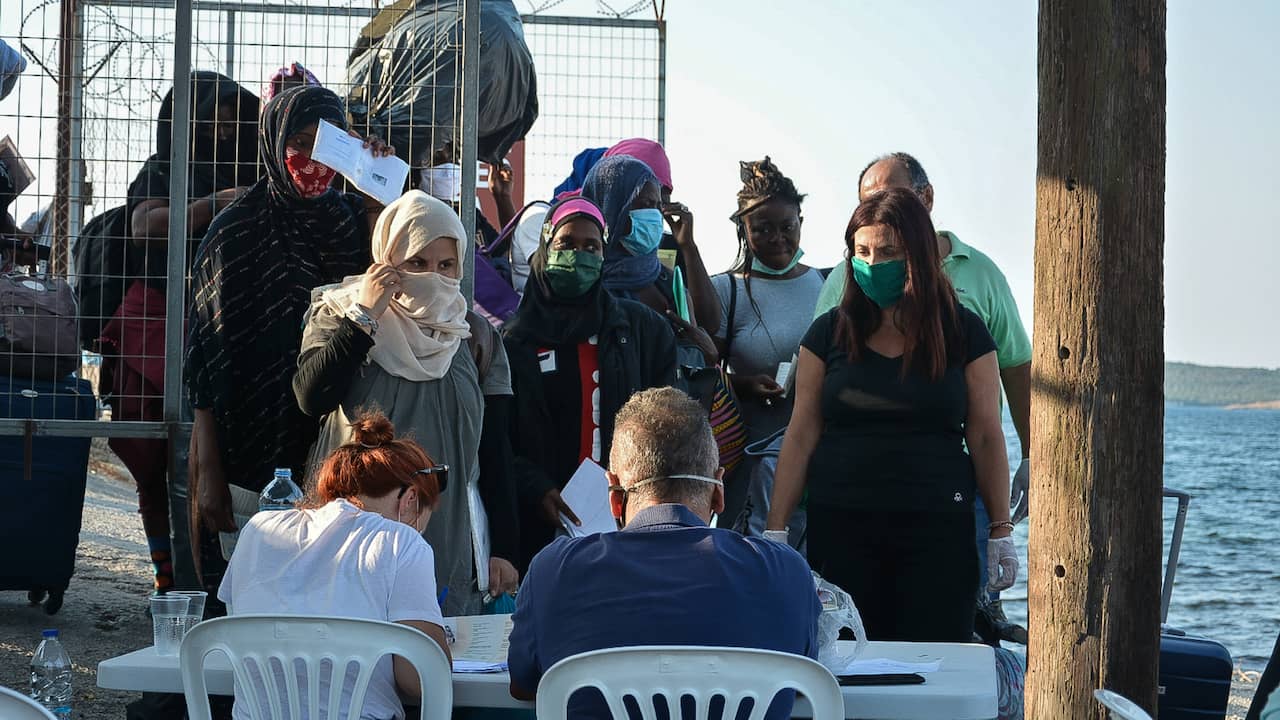Lecture : 3 minutes
To meet an expected increase in water needs over the next ten years, the Stanger water treatment plant, north of Carhaix, will be the subject, in the next three years, of a major construction site. extension and upgrade.
1 Four municipalities served
Created in 1991, the Stanger intercommunal drinking water production union has been chaired for seven years by the elected Carhaisian Hervé Philippe. It supplies drinking water to around 10,700 inhabitants spread over the four member municipalities: Carhaix, Kergloff, Plounévézel and Poullaouen. The water distributed to these four municipalities is produced after treatment at the Carhaix plant, from two resources: Hyères, taken from Carhaix, and Aulne, taken from Moulin-Neuf in Cléden-Poher and transferred to ‘at the Stanger thanks to a 13 km drive. The latter is used during the low flow period of the Hyères (in summer and in autumn) and as an emergency aid in the event of pollution. The operation of the syndicate’s infrastructure has been entrusted to Veolia under a 12-year public service delegation contract, starting in 2017.
2 Why an extension?
The current plant, which was built in 1969 but has already undergone several transformations or extensions over the years, processes an average of 5,500 m3 / day and distributes 1.85 million m3 per year. However, the needs estimated by 2030 provide for an increase of about 15 to 20% in domestic drinking water consumption and economic activities. The Stanger project therefore includes an increase in abstraction capacity in Alder to the tune of 10,000 m3 per day (instead of 8,000 m3 / d). Drinking water needs are estimated at 2.2 million m3 per year, with peaks exceeding 9500 m3 / d. Currently, the plant must take 2.8 million m3 per year to distribute 1.8 million m3. “With the optimization of the filters, we believe we will eventually achieve a better ratio,” specifies Hervé Philippe. Today we have 10% loss, we hope to reach 5 or 6% loss. However, knowing that the undistributed water is not lost in itself since it returns to the river ”.
3 Why a factory upgrade?
“The quality of the water distributed is currently in accordance with the French regulations in force,” underlines Catherine Artur, technical and administrative manager of the union. The modernization of the plant aims, however, to anticipate future regulatory changes on the quality of the water distributed (aluminum, water aggressiveness, chlorates, etc.). The current treatment system will have to be completed by a refining stage using powdered activated carbon, which will better retain residual organic matter and pesticides. Adjustments are also to be made in terms of decantation, remineralization and disinfection. Some structures or buildings are also aging and require renovation or upgrading. Hervé Philippe also evokes another project, this one not yet finalized: the commissioning of a centrifuge for the treatment of sludge.
4 What will the work schedule be?
The project, the cost of which is estimated at almost € 8 million (including € 470,000 for studies), should begin next year. After the studies, which began last June, the first phase should continue until 2022. This will involve increasing the abstraction capacity to 10,000 m3 / d and increasing the hydraulic capacity of the sector from treatment at 500 m3 / h. The second phase, scheduled from 2022 to 2023, provides for the rehabilitation and upgrading of the existing plant, with the addition of a refining stage with activated carbon. Optionally, the plant could secure the raw water supply by constructing a 12,000 m3 storage basin. “This storage of raw water upstream of the plant would make it possible to secure production by offering at least one day of autonomy,” adds Catherine Artur.
–


